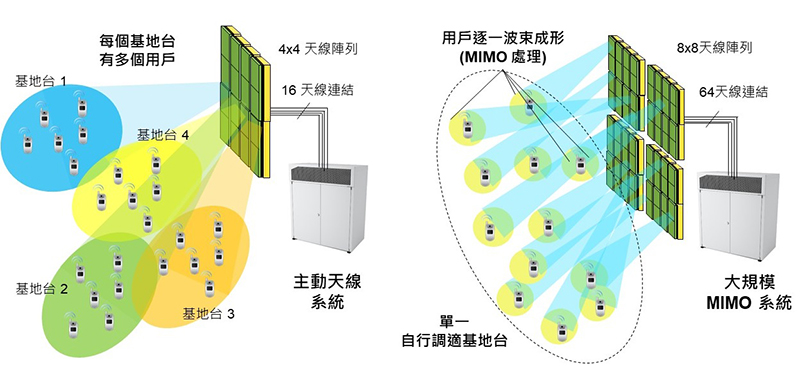Does 4g router with external antenna support MIMO antenna system
What is a MIMO antenna system
MIMO refers to the use of multiple transmit and receive antennas at the transmit and receive ends to transmit and receive signals through various antennas at the transmit and receive ends. Communication quality. It can make full use of space sources, understand multiple transmissions and multiple transmissions through multiple antennas, and can increase the system channel capacity multiple times without increasing the spectrum source and transmission power antenna, which shows obvious advantages , Is considered to be the next generation of mobile communications. The core technology of communication.
MIMO (Multiple Input Multiple Output) system is the core technology for 802.11n.
802.11n is the latest wireless LAN technology after IEEE 802.11bag, with a speed of up to 600Mbps. Almost at the same time, proprietary MIMO technology can improve the performance of existing 802.11a / b / g networks. This technology was first proposed by Marconi in 1908. It uses various antennas to suppress the channel. Depending on the number of antennas at both ends of the transceiver, MIMO can also include SIMO (Single Input Multiple Output) systems and MISO (Multiple Input Single Output) systems instead of the traditional SISO (Single Input Single Output) systems. ).

E-Lins Technology Co., Ltd. is a backbone enterprise in China's Internet of Things wireless communication field. It is a high-tech enterprise that covers products, services and management activities with a strong value of "challenges, communication, innovation, courage and confidence". Most products are 4g router with external antenna, omnidirectional high gain dual antenna design, support MIMO.
The company focuses on the research and development, production, sales and service of Internet of Things (M2M) application products and high-end wireless communication transmission equipment in the industrial field. The product line includes: industrial wireless routers (2G / 3G / 4G / 5G), industrial wireless modems, wireless IP modems (DTU), LED wireless publishing systems, POE switches, GPS terminals, ZigBee terminals, etc. It has been widely used in industries such as power, oil fields, coal mines, postal services, finance, environmental protection, water conservancy, transportation, railway, heating, street lamp monitoring, taxation, and security.
Written by Owen

 Networking
Networking EMBEDDED SYSTEMS
EMBEDDED SYSTEMS Switches
Switches Wireless Solutions
Wireless Solutions Industrial Computer
Industrial Computer Cloud Services
Cloud Services



